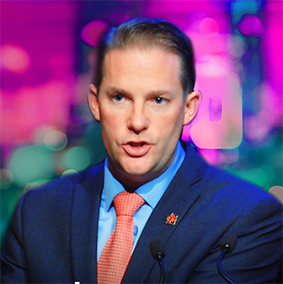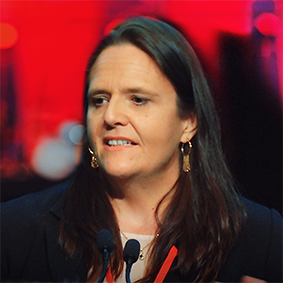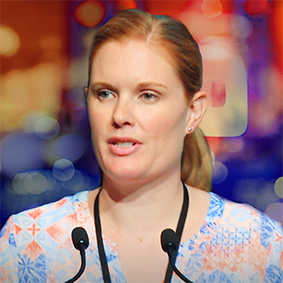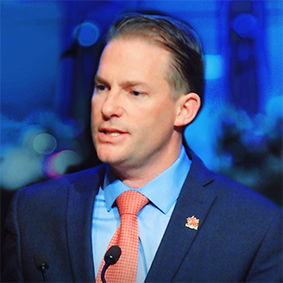ACCESS TALKS: HOW WE INCLUDE
Inclusive education consultant and researcher Simona D’Alessio from Rome in Italy defines integration as simply placing students with disabilities into existing mainstream education systems, whereas Inclusion ensures full participation in learning and school life. Simona’s experience shows that in order to make regular schools and ordinary classrooms fully barriers to inclusivity, curricular rigidity and traditional teaching practices need to be firmly looked at.
This transcript has been corrected and edited slightly for clarity.
There is something I would like to share with you in order to help you develop an inclusive system in Australia, and certainly, try not to mistake the means for the end.
Basically, the means being the process of integrating and mainstreaming children with disability in a regular classroom and the end being developing an inclusive education system.
It’s very important that we don’t stop at the level of placing students in regular settings and think that is what we consider as being inclusive, because it is only the first step.
Inclusive education is not just about dumping, so to say, children with disability in unmodified, regular classrooms. Inclusive education is about changing regular classrooms and changing mainstream education settings–and changes have to be made at the curriculum level.
For example; developing flexible, adaptive curriculum to respond to the different requirements of all students; changes at the pedagogy level and thinking about research that is about inclusive pedagogy and inclusivity in universal learning as a way to improve and develop inclusive pedagogy; changes at the organisational level in the ways schools recognise it and at the assessment level. For example, by developing assessments that [are] used by teachers to understand the progress made by students so they can plan their next steps in teaching.
All these changes are what will make a school an inclusive school, one able to respond to the requirements of all children, including children with disabilities.
Last updated August 24, 2018
- Inclusion/Integration Is there a difference? Bryan Harman [opens external tab PDF]
- Mainstreaming, integration and inclusion is there a difference ? Kathy Snow
[opens external tab PDF]
ALSO IN THIS SECTION:

Planning & Implementation of an Inclusive Education System: Jody Carr former Minister of Education New Brunswick, Canada

Planning & Implementation: Thuringowah High Case Study: Loren Swancutt Queensland educator
MORE ACCESS TALKS:

WHAT IS INCLUSION
The promotion, adoption and implementation of inclusive practices, which involves changing policies, practices and attitudes within schools.

TEACHER IMPACT
All classroom teachers have a role in creating schools & learning environments where all children can learn and feel they belong.

WHY INCLUDE
High quality education & supports enable all students to acquire success in their education and is the basis of an inclusive life and society.

AUSTRALIAN EXPERIENCE
Exemplar inclusive educational practices are happening in Australia. See the possibility and potential of inclusion here and now.

CHANGING MINDSETS
Whole school transformation requires courage, leadership & honest reflection to identify the need for change and set about making it happen.
NOW EXPLORE ACCESS READS

WHAT IS INCLUSION
The promotion, adoption and implementation of inclusive practices, which involves changing policies, practices and attitudes within schools.

HOW WE INCLUDE
Inclusive classrooms and schools embrace universal design as the foundation for cultivating inclusive attitudes and practices.

CHANGING MINDSETS
Bringing about change one mind at a time is integral to improving the lives of people with disability.

AUSTRALIAN EXPERIENCE
Exemplar inclusive educational practices are happening in Australia. See the possibility and potential of Inclusion here and now.

WHY INCLUDE
All children have the right to be included, to be represented in, to have access to and to receive high-quality education and supports.

TEACHER IMPACT
All classroom teachers have a role in creating schools & learning environments where all children can learn and feel they belong.
A FAMILY ADVOCACY INITIATIVE
This site is edited and maintained by the Advocacy and Leadership Development team.
Image attributions: photos supplied and screen shots from Access Symposium videos.




